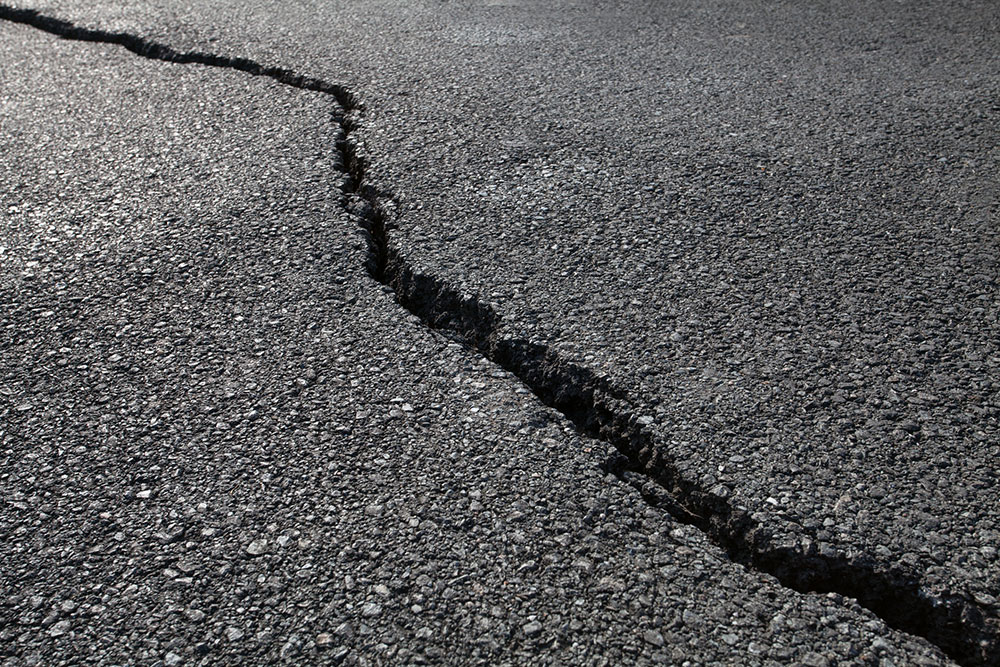List the three states of matter and provide examples for each.
Solid, Liquid and Gas
Examples will vary
What does expansion and contraction mean?
Expansion - to spread out, take up more space
Contraction - to close together, to take up less space
What is the direction of movement for heat?
Hot to cold
Define temperature
The average kinetic energy inside a substance
What is needed for substances to change states?
Energy
What happens to solids, liquids and gases when they are heated or cooled? What is one exception?
They expand when heated and contract when cooled. Except for Water ( water behave oppositely to the other substances)
How will heat impact the speed of particles?
More heat = Faster moving particles
What are the approximate temperatures (in Celsius) of the listed common situations:
1. Body Temperature
2. Boiling Water
3. Freezing Point
1. 37 degrees celsius
2. 100 degrees celsius
3. 0 degrees celsius
List the 4 points to the particle model of matter
1. Everything is made of particles
2. Particles are always moving
3. There are spaces between particles
4. Particles move faster when energy is added
Why might you see roads buckle after a very hot summer day?

The pavement will expand when it is hot causing the road to crack open.
What is Kinetic Energy? Will particles always have kinetic energy, why?
Energy of movement. Particles will always have kinetic energy because they are always moving/vibrating.
List the three most common scales used to measure temperature. And when/where they are used.
Celsius - Countries that use the metric system
Fahrenheit - USA
Kelvin - International Scientific Unit for Temperature
Complete the diagram for change of phase.
1. Melting
2. Freezing
3.Sublimation
4. Deposition
5. Condensation
6. Evapouration
Using the idea of expansion and contraction, explain how an hot air balloon works.
As the air is heated inside the balloon, the air particles will expand and move at faster rates. The particles will have more spaces between them and become more spread out. This will allow the hot air to take up more space on the top of the balloon while colder air sink to the bottom.
What is the difference between:
1. Heat
2. Thermal Energy
3. Temperature
1. Heat is the flow of kinetic energy from hot to cold
2. The total amount of KE in an substance
3. The average KE of particles in an substance
List 2 devices we use to measure temperature. Describe how they work.
Thermometer, bimetallic strip, thermocouple..etc
Thermometer - liquid in the glass will expand when the temperature increases and will move up the glass tube to show current temperature.
Bimetallic strip - combines two different metals, one will expand more to heat than the other one. This will cause the metal strip to bend and curve, this will allow it to open/break circuits.
Thermocouple - two wires twisted together, when heated, an electric current will be sent.
Relate the particle model of matter to the movement and spaces between particles for each state of matter. How will the particle model of matter explain phase change?
When energy is added to a substance, the particles will move faster and have more spaces between them ( example gases). Particles with lower energy will be closer together and move/vibrate at slower rates (solids and liquids). In order for the substance to change states, energy must either be added or taken away.
It may get a little hot in your room during the winter sometimes when the thermostat is turned on at a high temperature. Why do we say that you should never leave your windows open if you have heating systems that use water and pipes? What happens when the window is left open for too long? ( Think about the special property of water)
Water will freeze and expand in the pipes when it gets too cold causing the pipes to burst.
You are told to observe a large piece of ice sculpture and a small cup of hot chocolate.
1. Which one will have more thermal energy?
2. Which one will have higher temperature?
1. Ice Sculpture
2. Hot chocolate
Describe the definition of absolute zero, what happens when substances reach this temperature. What type of scale is this related to? What does it equal to in Celsius and in Kelvin?
Absolute zero is the lowest temperature ever possible. At absolute zero, all particle movement stops. This occurs at 0 Kelvin or -273.15 degrees Celsius. Absolute zero is connected to Kelvin or K.